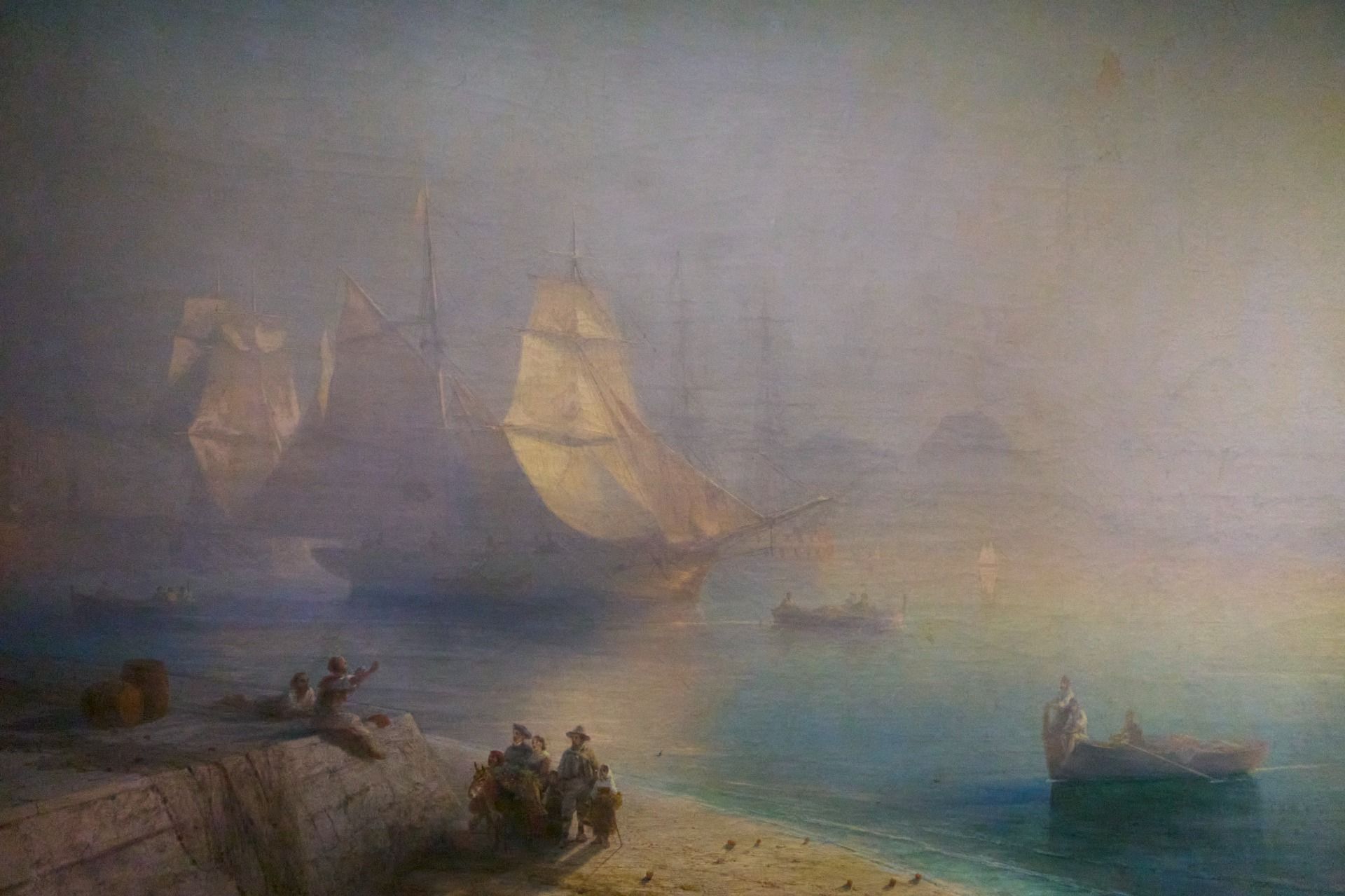
When I was in Istanbul, I visited a gallery that was a bit too strict on photography, one that would constantly try to stop anyone from taking any photographs, even from the phone. I didn't get to share the posts because, well, I just didn't get a chance to photograph what I saw there. But here in Yerevan, Armenia, in The National Gallery of Armenia, this same artist's works are on display. I can't describe how happy I was too see this, assuming this collection of works would in fact come here in June. It turns out that June is when the collection ends. The other day I wrote a post about how I made some rookie mistakes with my photography, and this is ultimately a series of those images, however, I feel that you can still see the beauty of the art; to witness the incredible skills of the painter Ivan Aivazovsky.
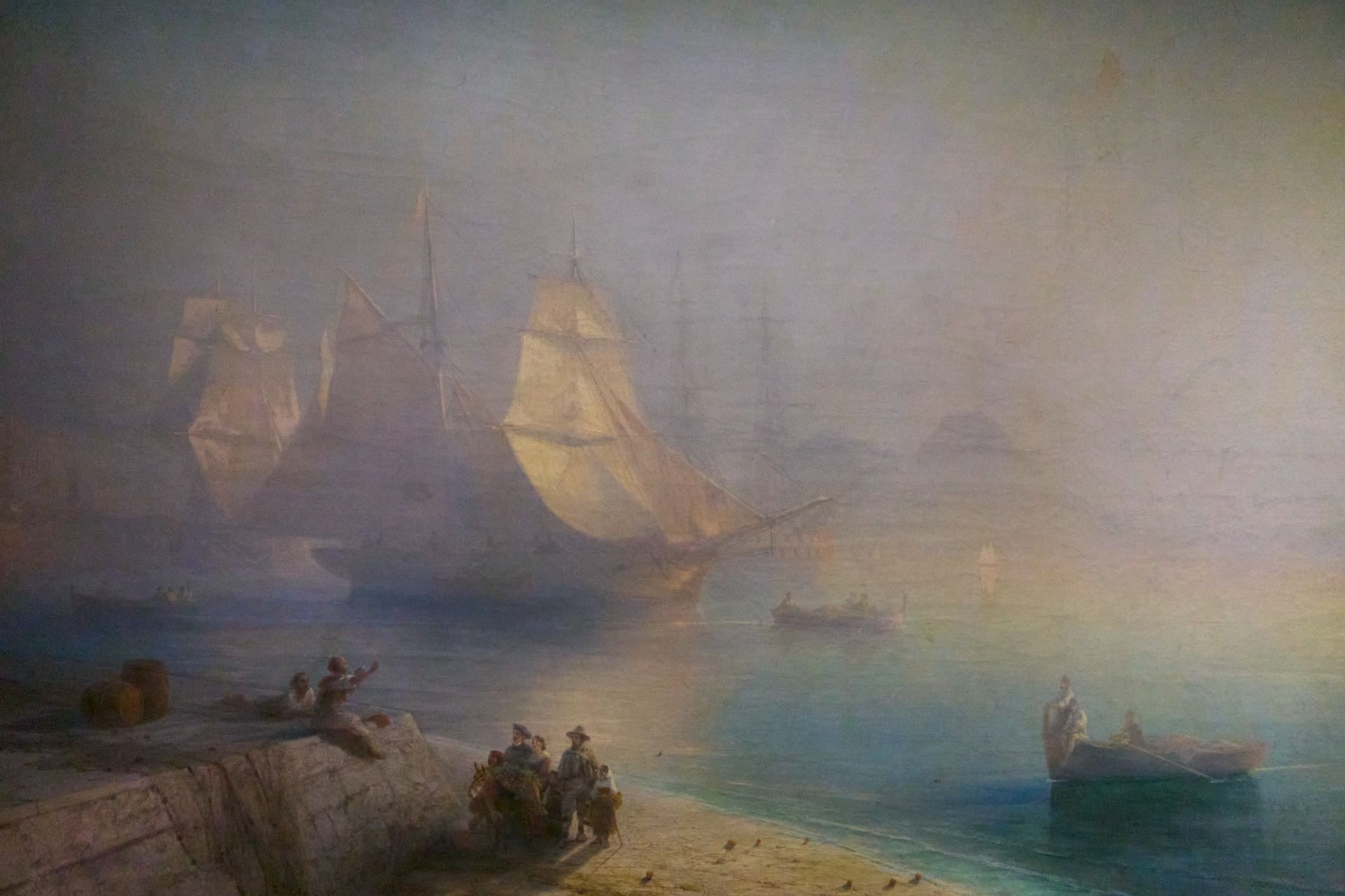
In Istanbul, the collection was massive. His works were some of his largest paintings. But what I found profoundly interesting in this Armenian collection was the sheer difference in types of art on display. This collection had everything from his usual ship paintings in beautiful, dangerous oceans. To the historical ports from long gone eras. Areas of now Turkey, Armenia, and areas of Russia. If you're familiar with Ivan Aivazovsky, you may know of his love for the seas. With ships being a heavy theme of his as he often would sail from one location to another, influenced by the beauty of the water, the beauty of the design and engineering in the method of travel at the time. Ivan Aivazovsky was a master of displaying that beauty, a master at capturing the tone of the moonlight on the water, the beauty of the sunsets, but the emotion of the sea as something utterly careless regarding those who travel through it.
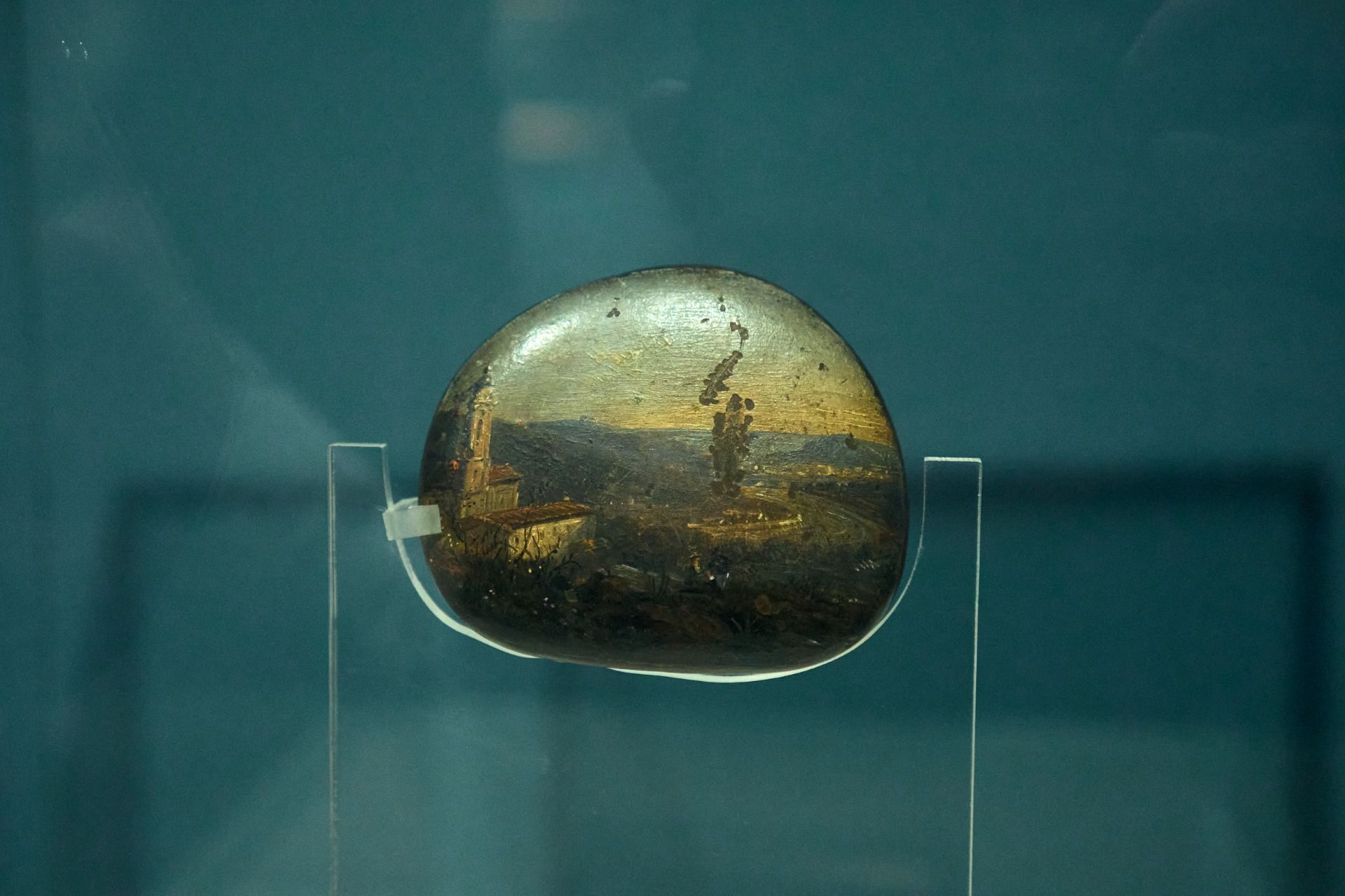
This collection had such diverse works of his, going as far as these tiny paintings on rocks and tiny pieces of paper and canvases. It was such a strange thing to see from this period. Where an artist had decided to continue his creative interests, grabbing a rock and turning it into art. It brings the question of how and why? Did Aivazovsky forget his little sketchbook that day? Did his tiny canvas fall into the water sometime? I love how this had such little context to it, merely giving a year and the media. I had the same thoughts regarding the super small paintings, in which the frames were bigger than the pieces themselves. It was such a cool thing to see, and even inspirational in how you could turn something so small into something with life and story, even with such limited detail to it.
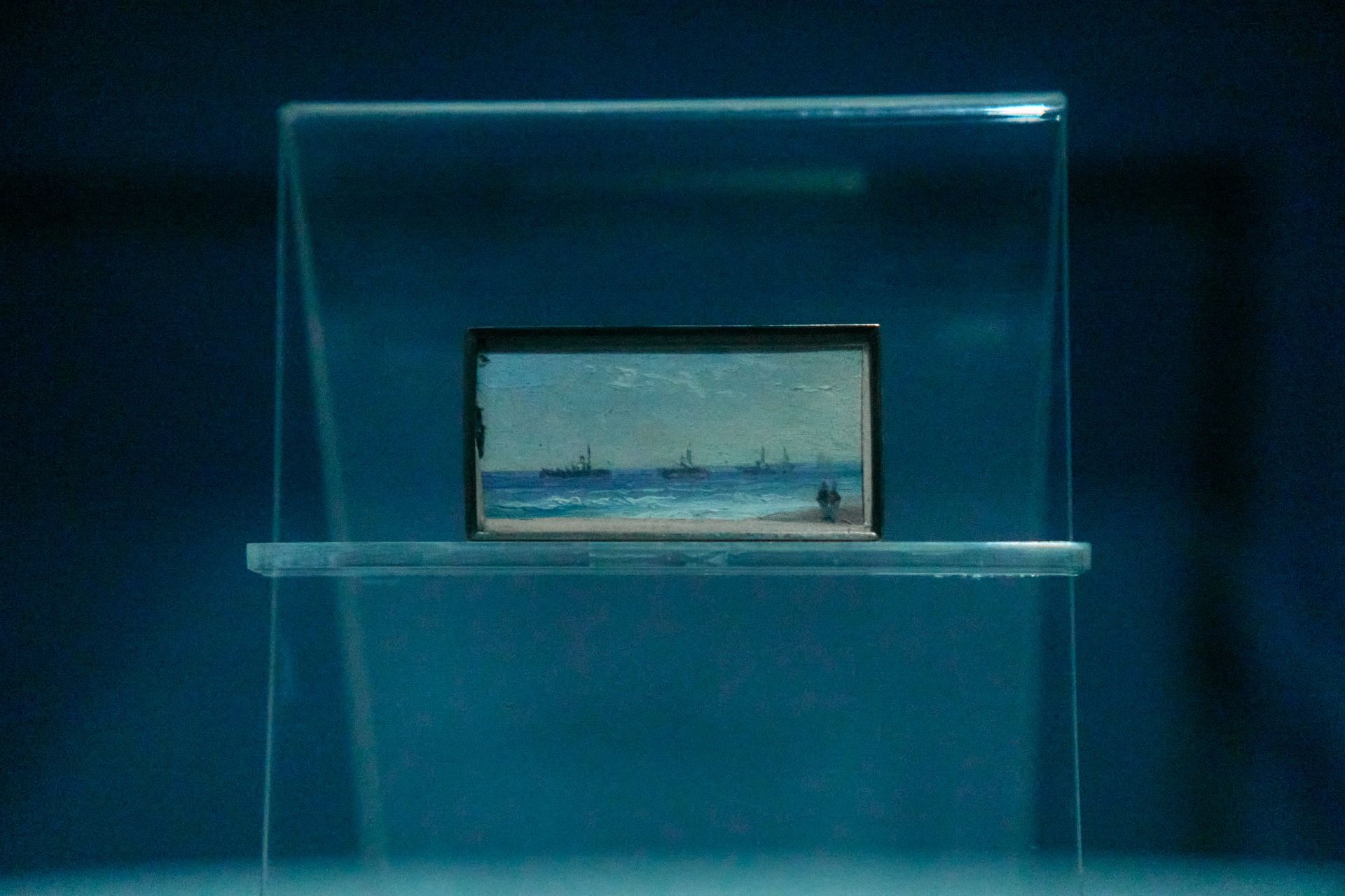
Some of the pieces had incredibly interesting compositional awareness to them. A lot of them were typical rectangular paintings, some featuring people, more often not. Just ships against the cruel waves under the sunset or moonlight. My favourite piece in particular was one that was painting on a circular canvas. A ship under the moonlight, which gave the whole piece this feeling that this was the entire world for the ship's inhabitants. That this small piece of dimly lit sea was their world for the current time. That feeling of isolation that comes with being stuck on a small space while at sea. How would that feel? To look out into the darkness of the night. Only seeing those glimmers of light on the waves nearby.
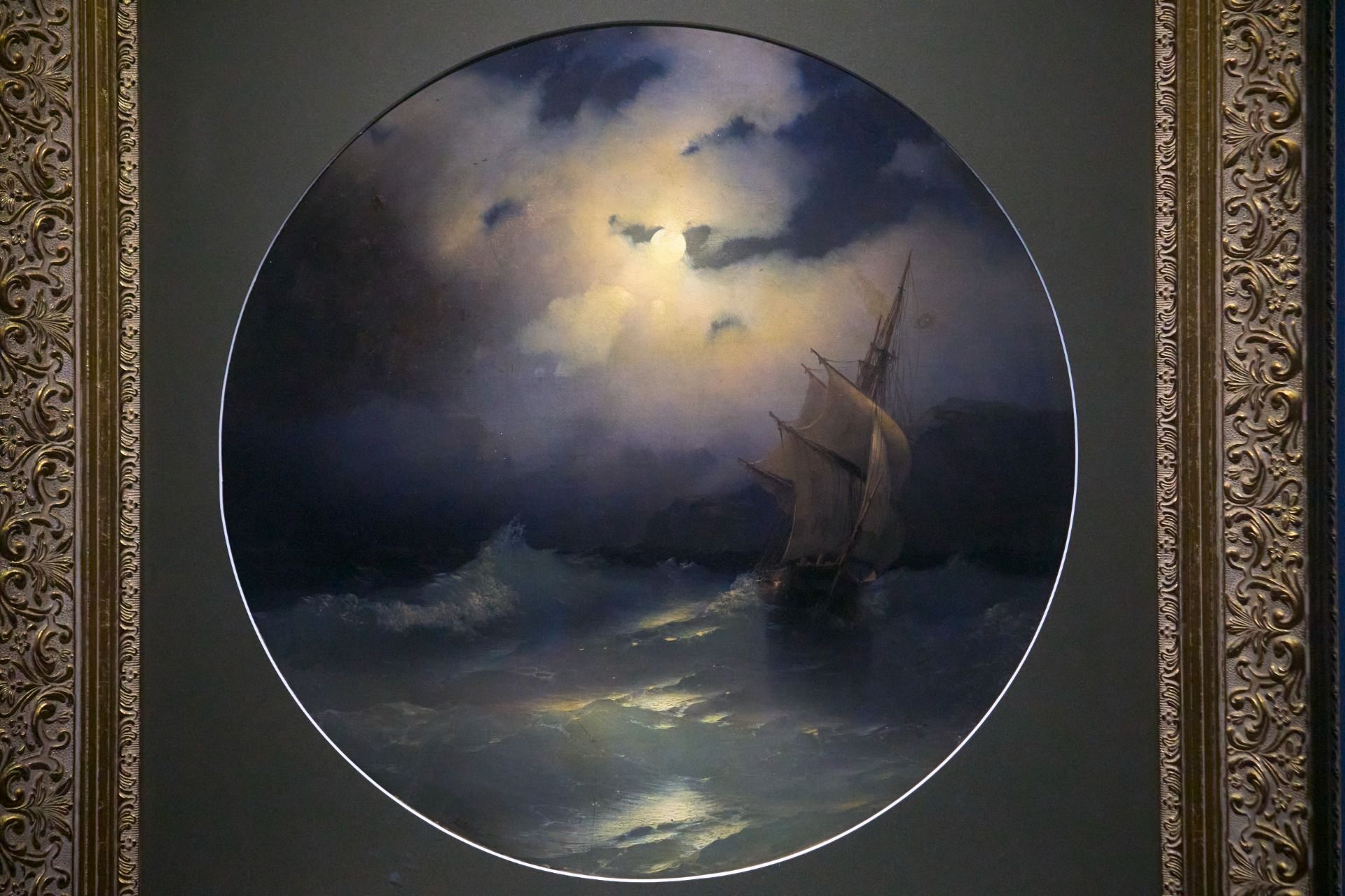
The variety of the collection extended beyond the paintings, and interestingly into the world of sketches. Areas of watercolour pieces were found, some having little to no colour of them. You could see how Aivazovsky would pursue ink washes to his pieces, giving them value while focusing little on the detail, more just having fun with a composition and idea, spreading a general emotion throughout it without intending to make it a grand piece. For artists these are mostly just experimental, areas of general interest and exploration. Whether to create something larger, or merely have fun with something a little less serious. Art for the fun of creating art. These were fun to see due to the difference in what he was able to achieve; the mind of an artist that constantly loved to create.
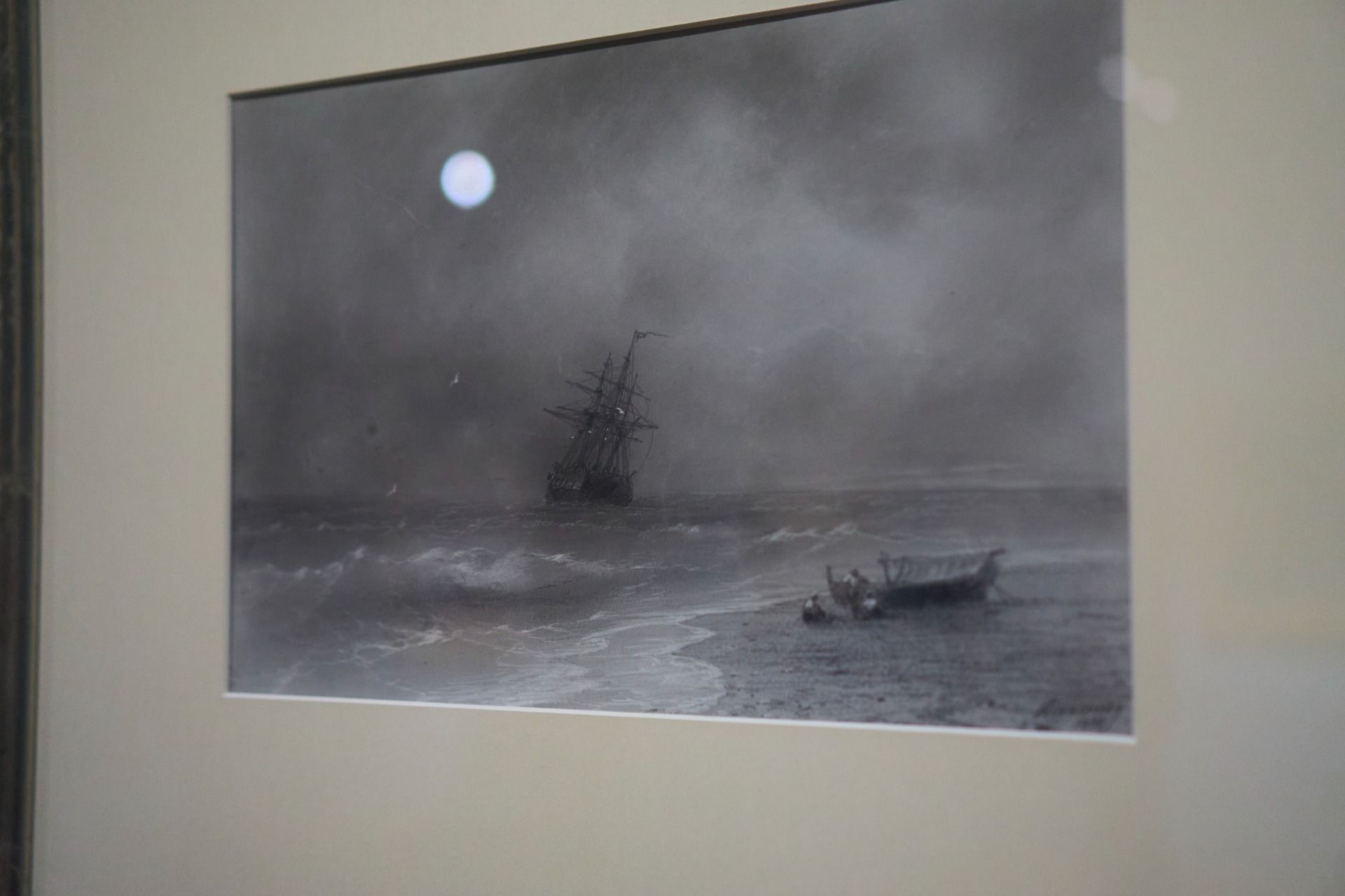
This went on into the areas of general sketches with pencil, as well as sketches in ink. I loved looking into the pieces and seeing each line. The little areas of form that gave something a volume, a shape that was used to search for a greater understanding of an architectural pursuit. Some sketches in ink would have messy lines that were just used to quickly convey a particular shape and design, not being able cleanliness or detail, but merely capturing the idea of something that the brain would then interpret as an object. Seeing this is a great way to learn art, to understand the ways in which artists would construct something, build fundamental understandings of surroundings. Everything in art having a shape, a perspective and compositional shape in three-dimensional space.
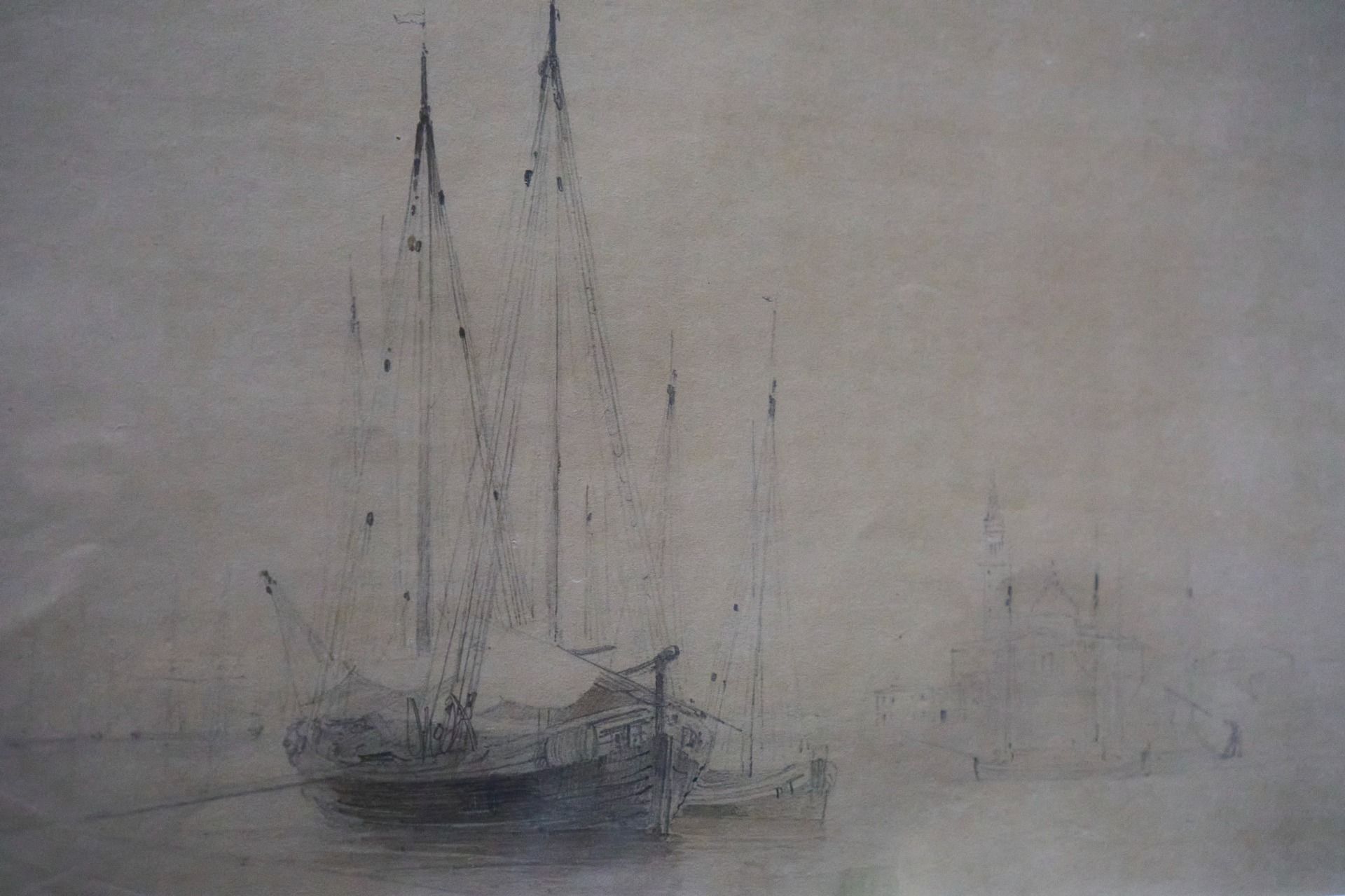
Some of the sketches were done on slightly toned paper. Some had slightly white highlights to them with a different type of ink or pencil. Others were just purely in pencil and shared a simplistic set of shapes and line. Only upon looking really close, you could see those lines that would contribute to a broader object like a building in the distance. A port, or even messy lines in the foreground that implied the movement of water. I found these to be some of the most interesting of the collection, as it's rare that you get to see the simple creations from such huge artists. The less detailed, supposedly less important art pieces. After all, every artist will have hundreds, if not thousands of these little sketches done in their lifetimes, again as they search for ideas, or simply just create for fun without pulling out the huge canvas and spending months on a piece.
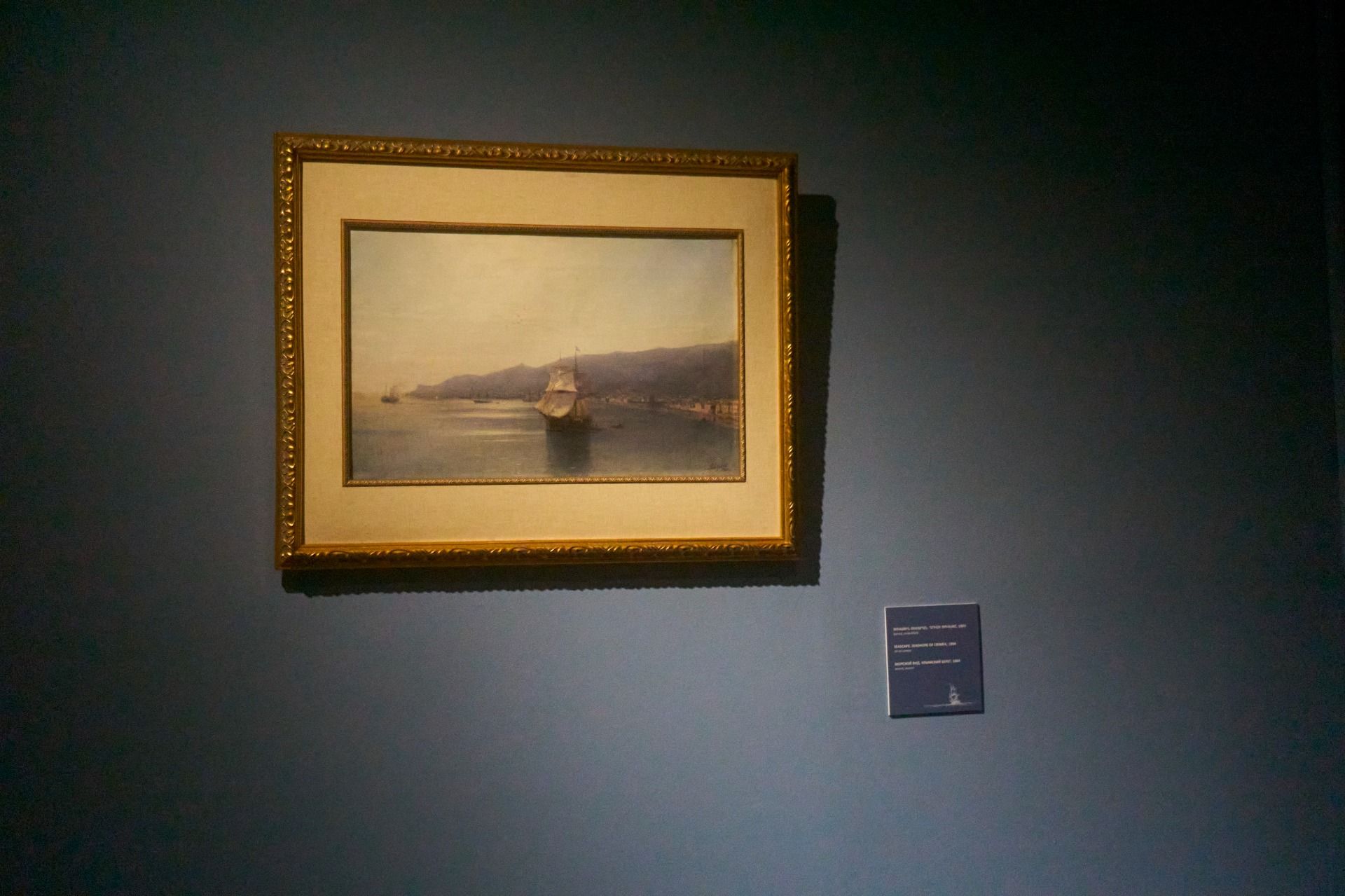
It shows that artists are forever in search of something. Always drawing. Constantly witnessing life around them and making little observations. Jotting them down in notebooks or sketchbooks, or even on rocks to maintain that idea and get something across. Perhaps just for ideas for future pieces, or just for the fun of it. That even after the serious works, they'll take a break somewhere and sketch in the comfort of their homes, whether in bed or out in the wild. Art extending beyond the paintbrush and canvas. Being more than the pieces that fill up entire walls. Sometimes the most interesting pieces are the small sketches, little ideas in pencil. Messy lines and void of colour. If you have the time to visit this collection in Yerevan, do it. If not, look up Ivan Aivazovsky online. You won't regret it.
